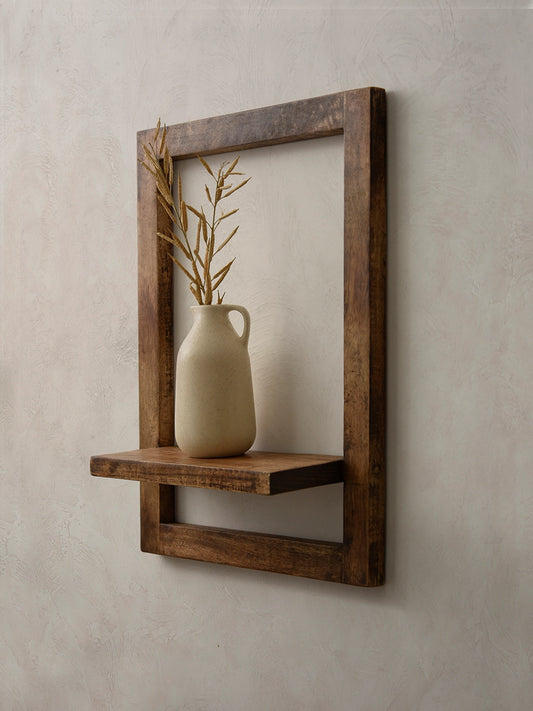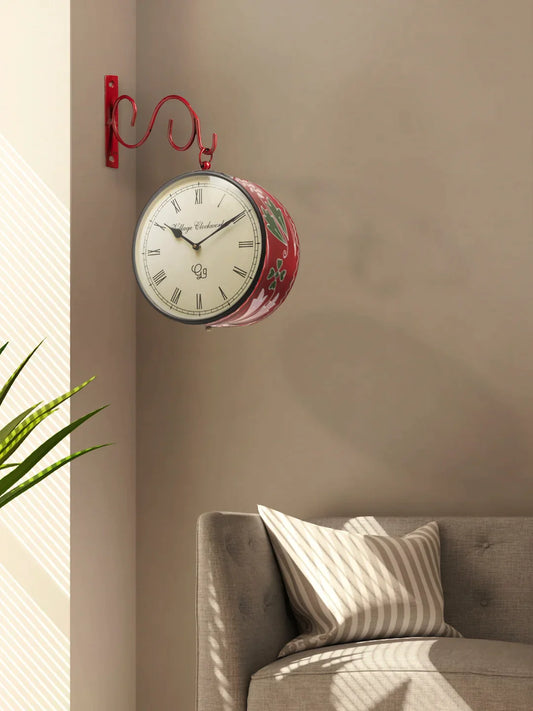I. Introduction
Wall shelving has become an integral part of home organization and decor. Shelves are not only practical storage solutions but also play a significant role in enhancing the aesthetic appeal of a space. With the growing popularity of customizable storage systems, homeowners are seeking options that offer both functionality and visual harmony. Fixed and adjustable wall shelves are two widely used shelving systems, each with unique benefits. This blog aims to delve into the details of both options, helping you make an informed decision that suits your needs.
II. Understanding Fixed Wall Shelves
Fixed wall shelves are permanently installed shelving units that cannot be adjusted once mounted. Here’s what makes them distinct:
- Definition and Characteristics: Fixed shelves are stable and firmly attached to walls using brackets, screws, or hidden mounting systems. They are a classic option for creating dedicated storage spaces.
- Materials and Construction: These shelves are often made from wood, metal, glass, or MDF. Their construction is simple, offering durability and aesthetic appeal.
- Installation Requirements: Installing fixed shelves involves tools like drills, screws, and a level to ensure stability. The installation process is straightforward but requires precision.
- Weight Capacity: Fixed shelves are known for their stability and high weight capacity, making them ideal for storing heavy objects like books or decorative items.
II. Features Products
III. Exploring Adjustable Wall Shelves
Adjustable wall shelves provide flexibility, allowing users to rearrange or modify their placement as needed. Let’s explore their features:
- What Makes Them Adjustable: These shelves are designed with mechanisms like track systems, bracket-and-slot setups, or peg-based designs that enable height adjustments.
- Types of Adjustable Systems: Common systems include track-mounted rails, floating brackets, or modular shelving units that cater to different storage needs.
- Installation Process: Adjustable shelves require tools similar to fixed shelves but need additional attention to ensure the alignment of the adjustable tracks or brackets.
- Flexibility Features: These shelves allow for customization, making them suitable for evolving storage needs, like kids' rooms or shared living spaces.
IV. Comparative Analysis
A. Advantages of Fixed Shelves:
- Stability: Fixed shelves provide unmatched stability, especially for heavy items such as books, electronics, or kitchen appliances.
- Aesthetic Appeal: They offer a clean, minimalist look that integrates seamlessly into most decor styles.
- Cost-Effective: Generally, fixed shelves are more affordable and have fewer components than adjustable systems.
- Durability: Once installed, they are built to last, requiring minimal maintenance over time.
B. Benefits of Adjustable Shelves:
- Adaptability: Adjustable shelves can be repositioned to accommodate varying heights and sizes of stored items, making them incredibly versatile.
- Reconfiguration Ease: They are ideal for users who enjoy reorganizing their spaces frequently.
- Space Optimization: Adjustable systems maximize storage in small or awkward spaces.
- Expandability: As storage needs grow, additional shelves can be added to most adjustable systems.
V. Design and Aesthetic Considerations
- Impact on Room Aesthetics: Fixed shelves provide a structured and streamlined appearance, while adjustable shelves offer a more dynamic, functional look.
- Styles and Finishes: Fixed shelves often feature elegant finishes such as polished wood or glass. Adjustable shelves lean towards industrial or contemporary designs with exposed brackets or metallic accents.
- Integration with Decor Themes: Fixed shelves blend well with traditional interiors, while adjustable ones complement modern, minimalist, or eclectic styles.
- Visual Balance: When paired with the right decor, both types can create a visually harmonious and functional environment.
VI. Practical Applications
A. Room-Specific Uses:
- Living Rooms: Fixed shelves are perfect for displaying books, art, and decorative pieces, while adjustable shelves can accommodate a rotating collection of items.
- Home Offices: Adjustable systems provide the flexibility to store office supplies, files, and gadgets of varying sizes.
- Kitchens: Fixed shelves are excellent for heavy cookware and display items, while adjustable ones help manage pantry storage effectively.
- Bedrooms and Closets: Adjustable shelves work well in closets for evolving storage needs, while fixed shelves are great for permanent storage solutions.
B. Special Considerations:
- Small Spaces: Adjustable shelves excel in maximizing storage in compact areas.
- Growing Families: They cater to changing needs, such as toy storage or growing book collections.
- Rental Properties: Adjustable systems are renter-friendly, as they can be dismantled and relocated.
- Commercial Spaces: Adjustable shelves are widely used in offices, retail, and warehouses for their flexibility and efficiency.
VII. Cost Analysis
- Initial Investment: Fixed shelves generally have a lower upfront cost compared to adjustable systems.
- Long-Term Value: Adjustable shelves offer better value in the long run due to their adaptability.
- Installation Costs: Fixed shelves may require professional installation, while adjustable systems can often be a DIY project.
- Maintenance Expenses: Both systems are low-maintenance, but fixed shelves may need repainting or refinishing over time.
VIII. Making the Right Choice
When deciding between fixed and adjustable shelves, consider these factors:
- Specific Needs: Assess what you intend to store and how often you’ll need to rearrange items.
- Space Evaluation: Measure your space and consider the weight capacity required.
- Budget Considerations: Choose a solution that aligns with your financial plan.
- Style Preferences: Opt for shelves that complement your decor theme.
- Future Adaptability: Think about long-term requirements, especially if you anticipate changing needs.
IX. Installation and Maintenance
- DIY vs. Professional Installation: Fixed shelves often require professional expertise, while adjustable shelves are more DIY-friendly.
- Tools and Materials: For both types, basic tools like drills, screwdrivers, and levels are essential.
- Maintenance Requirements: Regular cleaning and inspections are necessary to maintain their appearance and stability.
- Common Issues and Solutions: Fixed shelves may loosen over time, while adjustable ones may require periodic alignment checks.
X. Conclusion
Choosing between fixed and adjustable wall shelves boils down to your specific needs, budget, and style preferences. Fixed shelves are ideal for those seeking a stable and timeless option, while adjustable shelves cater to dynamic spaces and evolving storage requirements. By weighing the pros and cons, you can find the perfect shelving solution to enhance your home decor and organization.

















